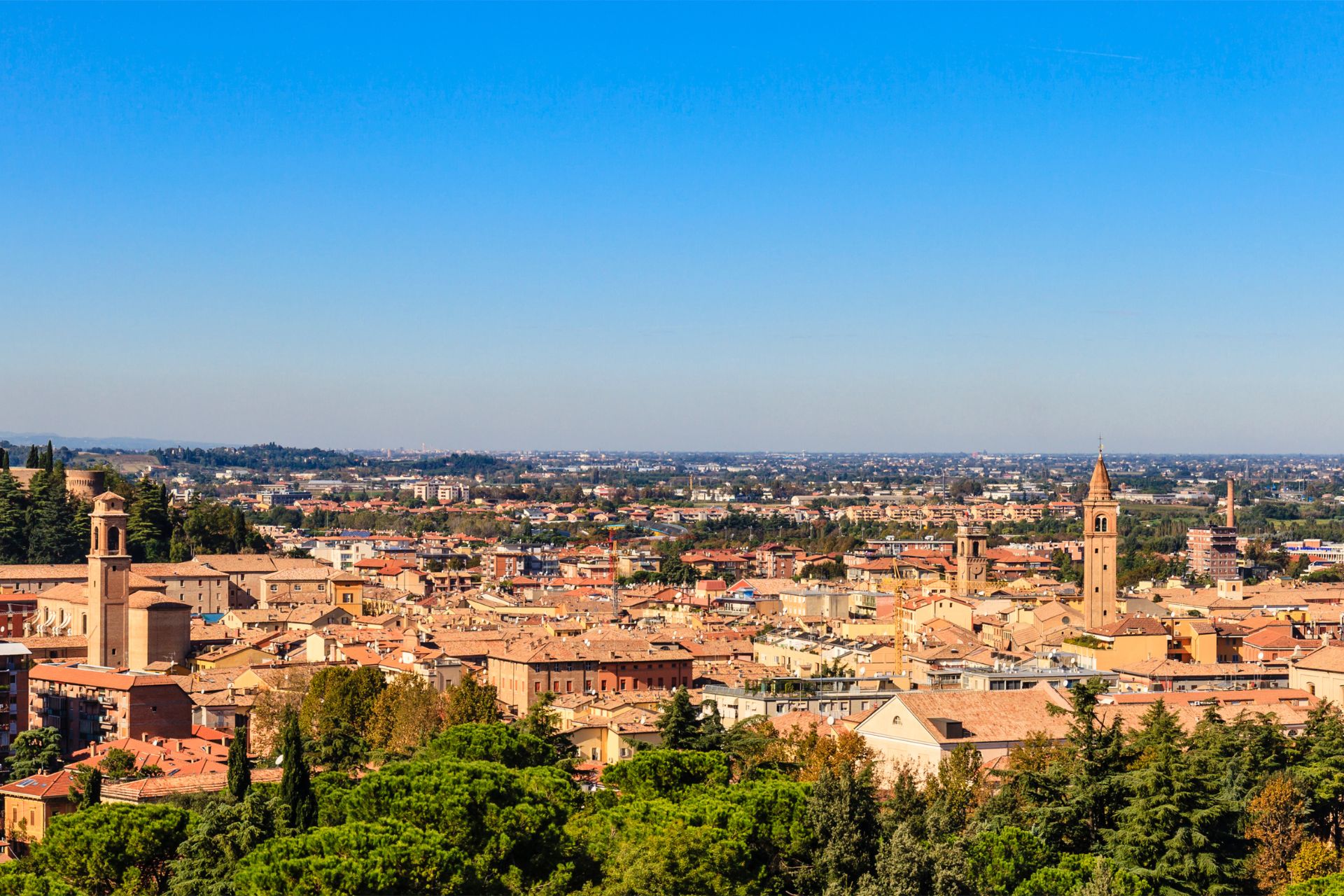The Via Flaminia is one of the ancient Roman roads that connected Rome to Rimini, passing through several cities in central Italy.
Its construction was started in 220 BC by the Roman consul Gaius Flaminius Nepot.
The Via Flaminia started from Rome and crossed the region of Umbria, passing through towns such as Narni, Spoleto and Trevi.
It then arrived in the Marche region, where it passed through towns such as Foligno, Nocera Umbra and Fossombrone.
Arriving in Rimini, the road ended at the Tiberius Bridge, one of the main Roman monuments still visible in the city. Built in 14 A.D. by Emperor Augustus in honour of his father Tiberius, the bridge was an important connection point between Rome and Rimini, providing a safe and quick crossing of the Marecchia River.
The Via Flaminia in Rimini was characterised by a wide paved road, lined with milestones that indicated the distances between the different towns along the route. In addition, there were post stations where travellers could rest and change the horses of their carriages.
During Roman times, Rimini was a very important city due to its strategic position along the Via Flaminia and its port on the Adriatic Sea.
The city was known for its monuments, such as the Arch of Augustus and the Malatesta Temple, and for its baths, which attracted many visitors.
The Via Flaminia in Rimini remained active until the Middle Ages, when the importance of the Roman roads declined due to new communication routes. However, its route remained in use for centuries, although it was gradually abandoned and modified over time.
Today, the Via Flaminia in Rimini is still recognisable in some sections, such as the Corso d'Augusto, one of the main streets in the historic city centre. In addition, the Tiberius Bridge is still visible and is one of the main symbols of Rimini.
The road has undergone several modifications and additions over the centuries, but its historical importance and beauty continue to be appreciated by visitors passing through the city.










